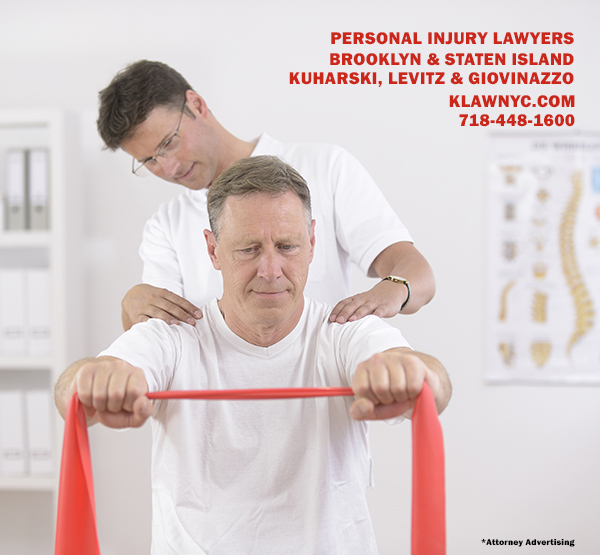Spinal Cord Injury from a Car Accident
If you’ve been in a car accident, you already know how traumatic it can be. The confusion over what happened, the pain that you’re in and the overwhelming stress of your changed circumstances are very serious after-effects, and if you’ve suffered a spinal cord injury, things can look very bleak.
your changed circumstances are very serious after-effects, and if you’ve suffered a spinal cord injury, things can look very bleak.
As many as 42 percent of all spinal cord injuries are the result of car accidents, according to the National Spinal Cord Injury Statistical Center — more than any other trauma.
Types of Spine Injuries from Car Accidents
Your spinal cord trails from the base of your brain to your waist. In most people, that’s about an 18-inch span. The nerves inside your spinal cord carry messages to and from your brain, but with an injury, that communication is disrupted or stopped entirely.
Your vertebrae protect your spinal cord. They’re the 33 interlocking bones that form your spinal column. In addition to vertebrae (just one is called a vertebra), the ligaments and disks in your spinal column provide a measure of protection; when those are damaged, your spinal cord is also at risk.
Traumatic spinal cord injuries can start with a sudden blow to your spine that results in damage to your vertebrae. Even if the trauma only effects one vertebra, your spinal cord can sustain injury. What’s worse is that damage can continue to occur over days and even weeks, because swelling, bleeding and fluid accumulation can put further pressure on the cord.
Looking at it from a medical standpoint, you could sustain an upper (thoracic) or lower (lumbar) spinal cord injury. In many cases, the higher the injury to your spinal cord, the more severe the effects will be.
Symptoms of a Car Accident-Related Vertebrae Injury
You may not know immediately if you’ve suffered a spinal cord injury. Again, it can take days or even weeks for all of the symptoms to manifest. Although most of us assume that these injuries cause paralysis, that isn’t always the case.
Symptoms of a car accident-related spinal cord injury, other than paralysis, can include:
- Numbness or tingling spreading down your arms or legs
- Weakness
- Loss of bladder or bowel control
- Difficulty walking
- Stiff neck
- Headache
- Neck pain or back pain
- Changes in sexual function, including sensitivity and fertility
- Exaggerated reflexes or spasms
- Impaired breathing
It’s always best to get medical care after you’ve been in an accident to help rule out serious conditions. When you have a spinal cord injury, a doctor can put you on steroids and other therapies to help bring down swelling quickly—and that can prevent further damage and limit the amount of dysfunction or pain you experience.
Limited or Lost Mobility After Injury to Vertebral Column
Medical professionals classify spinal cord injuries based on “completeness.” If you have lost feeling and the ability to control your movement below your spinal cord injury, it’s considered complete. If you still have some sensory function or can still control your movements below the injury, it’s incomplete.
The medical community organizes your spine into these sections:
- The top seven vertebrae, which are in your neck, are cervical.
- The next 12 vertebrae, which are opposite your chest, are thoracic.
- The five vertebrae below the thoracic vertebrae are in your lower back; they’re called lumbar.
- The lowest vertebrae in your back, which end at your tailbone, are sacral.
Lawsuits and Backbone Injuries Due to Car Accidents
If you were hurt in a car accident, especially if it was due to someone else’s negligence, it’s always a good idea to talk to an attorney. In fact, you should talk to a Brooklyn spinal cord injury lawyer who understands the laws as they relate to negligence, defective products and car crashes.
Your lawyer will investigate your case to determine who was negligent and who’s at fault for your injuries. In many cases, that’s another driver; it can even be a group of other drivers.
Sometimes a company is at fault for your injuries. If you were hurt because of a defective product, such as a faulty seatbelt or an airbag that made your injuries worse, it could be the car manufacturer or other companies that made those products.
Damages for Spinal Cord Injuries in New York
People who are injured because of someone else’s negligence are often eligible for damages. The term damages refers to the money a judge orders a defendant (the at-fault party) to pay to make up for lost wages, medical bills and other expenses that the plaintiff (the person who’s filing the lawsuit) has incurred as a result of his or her injuries.
The bottom line? When you’re in a car accident, even if you don’t think you’re hurt, get medical attention. A physician will evaluate you for possible spinal cord injuries and be able to give you the appropriate treatments. If you have been injured, it’s probably a good idea to talk to an attorney about your options.
